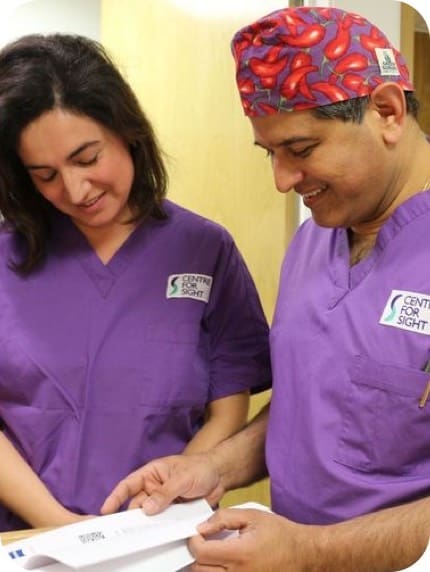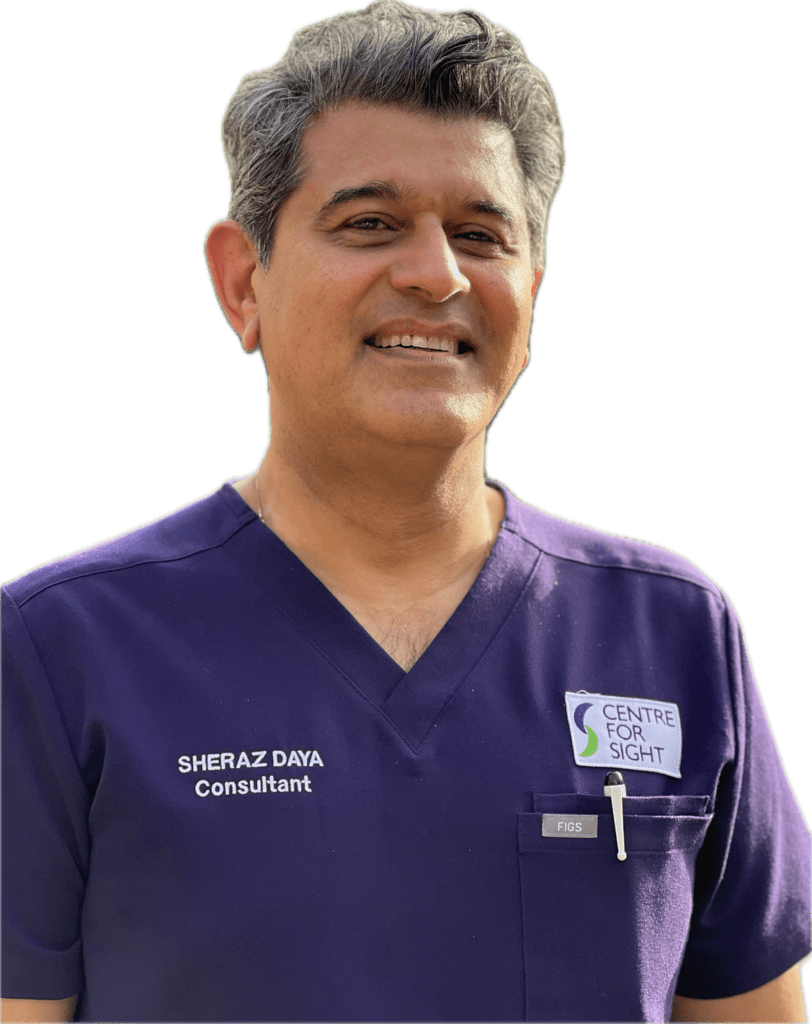- Good optical clarity
Centre for Sight surgeons are internationally renowned for their expertise in Corneal disorders. Sheraz Daya our medical director is on numerous boards and committees related to the Cornea and is considered an international key opinion leader.





